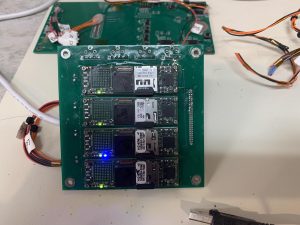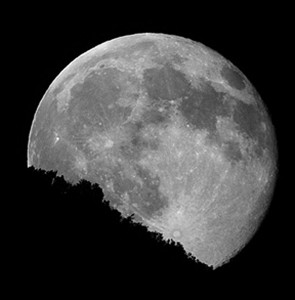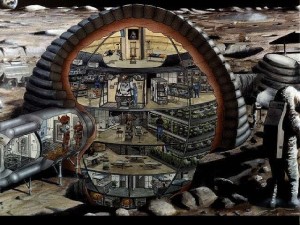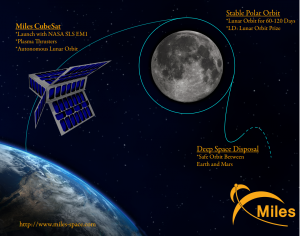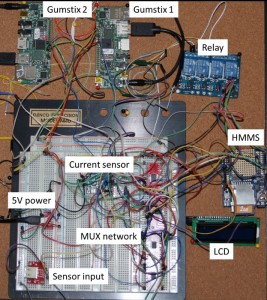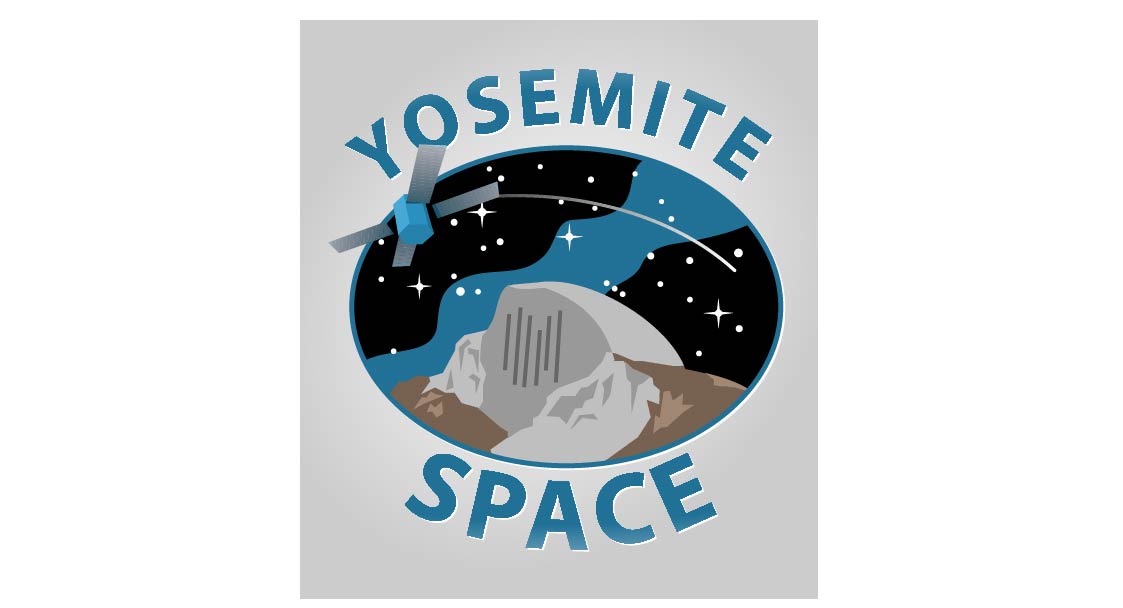Our company’s Gumstix payload was positioned outside the ISS in the Nanoracks External Platform (NREP) and exposed to space from August 1, 2016 to April 27, 2017. The goal of our experiment was to evaluate the performance of System on Chip (SoC) technology in low- earth environment in an effort to validate their usefulness for computationally demanding tasks such as autonomy and on-board data processing needed for future space missions. Unfortunately, the payload was never powered on during this exposure. See: http://spaceref.com/international-space-station/nasa-space-station-on-orbit-status-27-april-2017—nanoracks-external-platform-installation.html
On February of 2019, the Gumstix experiment payload components were returned to Yosemite Space for post-flight analysis. The contents were removed from the enclosure after being powered up to confirm that the payload was still functional. All four of the Gumstix started and began to run their on-orbit test suite. The test suite includes a matrix multiplication exercise, NEON floating point instruction test, as well a large file I/O and checksum process. Combined, those tests were designed to work the CPU, RAM, onboard flash storage (if available), ALU, Micro SD cards, and the I/O subsystem.
After 20 minutes of operation, the Gumstix were powered off and completely separated from their experimental hardware. They were connected to Tobi boards and more intensive diagnostics were to be performed.
Unfortunately, Loctite, used to secure the mounting screws for their ride to and from orbit, was stronger than the adhesive used to attach the nuts to their custom made carrier board. Complete removal of the screws and nuts ended up being more involved than planned. In that process, two of the four Gumstix suffered minor damage to components that are part of their power supply circuitry. Despite several attempts at repairing the damage (very small surface mount components), those two remained inoperative.
We performed roughly 24 hours of testing on the two still working Gumstix and found no anomalies in their test results. Analysis of the Micro SD cards that were in the two damaged Gumstix confirmed that they had executed their test suite 3 times without errors as well.
Our collaborator, John Sampson of Honeywell Aerospace had a successful follow-on NREP mission with their Dependable Multiprocessor (DM7) that used the Water model of the Gumstix module as their multiprocessor for the mission. In DM7 experiments, developed by Dr. Samson and Morehead State University (MSU), no single event upsets or computation errors were detected. The DM7 compressed 100X and 1000X stunning and unique images from the ISS. More information on their mission is provided in the attached paper (2018 IEEE DM CubeSat Paper 2_5_18). A video of collected images is shown here.
In conclusion, the Gumstix Water module has been shown to work reliably in the low earth orbit environment to perform computationally demanding tasks. However, it is recommended that measures be taken to screen the technology in ground based radiation testing prior to space flight. In addition, this technology along with all SoC technology are susceptible to single event effects such as upsets and latch-ups so mitigation strategies should be built into to the hardware and software to mitigate these effects. We hope that these experiments and our future posts will inspire others to explore the usefulness of powerful terrestrial base technologies in space and further the state of the art.

